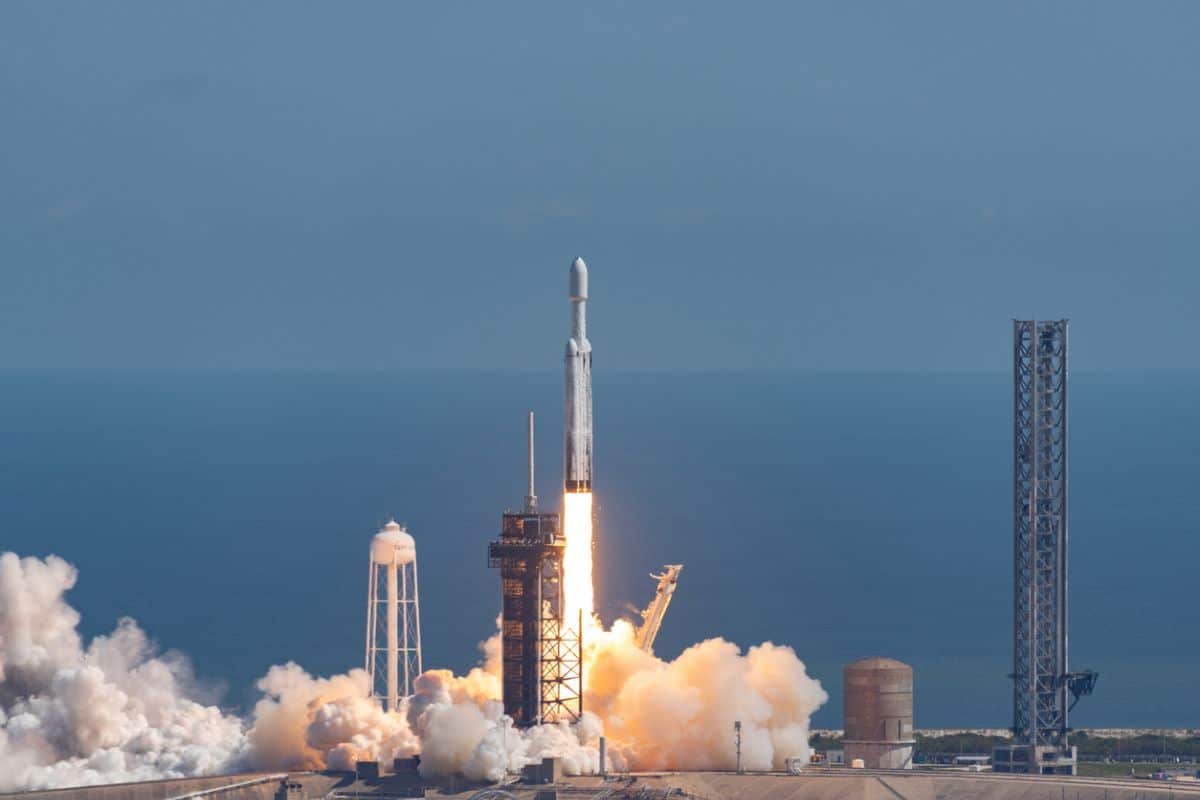SpaceX revealed an exclusive new video on X (formerly Twitter) last week, offering a first look at its next-generation Starlink V3 satellites. These massive machines dwarf their predecessors—each one tipping the scales at around two tons, compared with just 575 kilograms for today’s V2 Mini models. This new generation signals a major leap in SpaceX’s goal to deliver ultrafast satellite internet, with speeds reaching a full gigabit per second.
The company plans to deploy its first real V3 satellites by late 2025 or early 2026, once the Starship rocket secures approval from the Federal Communications Commission (FCC) for commercial flights. After that, SpaceX will gradually activate the new network across the globe.
Inside the Starlink V3 revolution
According to SpaceX, the V3 rollout is part of Starship’s 11th test campaign, which has already launched eight prototype missions. Once fully operational, each Starship flight will be capable of carrying up to 60 V3 satellites—twenty times the payload of a single Falcon 9 launch.
These upgraded spacecraft come equipped with advanced phased-array antennas and extended solar panels, both designed to deliver exceptional transmission power. Each satellite is expected to provide up to 1 terabit per second of download capacity and 200 gigabits per second for uploads—a tenfold jump compared with the V2 generation. Collectively, the first wave of orbital launches could add an astonishing 60 terabits per second of total bandwidth to the Starlink network.
The larger V3 @Starlink satellites that will deploy from Starship will bring gigabit connectivity to users and are designed to add 60 Tera-bits-per-second of downlink capacity to the Starlink network.
That’s more than 20 times the capacity added with every V2 Mini launch on… pic.twitter.com/N0Vl9psbm3
— SpaceX (@SpaceX) October 13, 2025
What it means for users
For customers, this expanded capacity will help ease congestion in overcrowded regions, where some currently pay up to $1,000 more for access. The V3 fleet should allow far more users to connect simultaneously, cut down on latency, and eliminate the surcharge fees still applied in certain zones.
However, anyone eager to experience gigabit-level internet speeds will need to upgrade to a new receiver kit compatible with this generation. SpaceX promises it will be simpler to set up and more energy-efficient than previous models.
Starlink-equipped buoys provided real-time video streaming in the Indian Ocean during Starship’s eleventh test flight 🛰️🚀 pic.twitter.com/cyqAKNspGU
— Starlink (@Starlink) October 18, 2025
The challenge of going bigger
Heavier, more complex, and built for incredible power, the V3 satellites bring a few environmental and logistical hurdles of their own. Because they’re tougher to disintegrate during atmospheric re-entry, SpaceX has designed each unit to burn up completely at the end of its life—reducing the risk of debris cluttering low Earth orbit.
If the rollout stays on schedule, 2026 could mark a historic milestone: the arrival of true, global high-speed connectivity via Starlink. With this next leap forward, SpaceX is set to cement its role as the dominant force in the orbital internet era.


